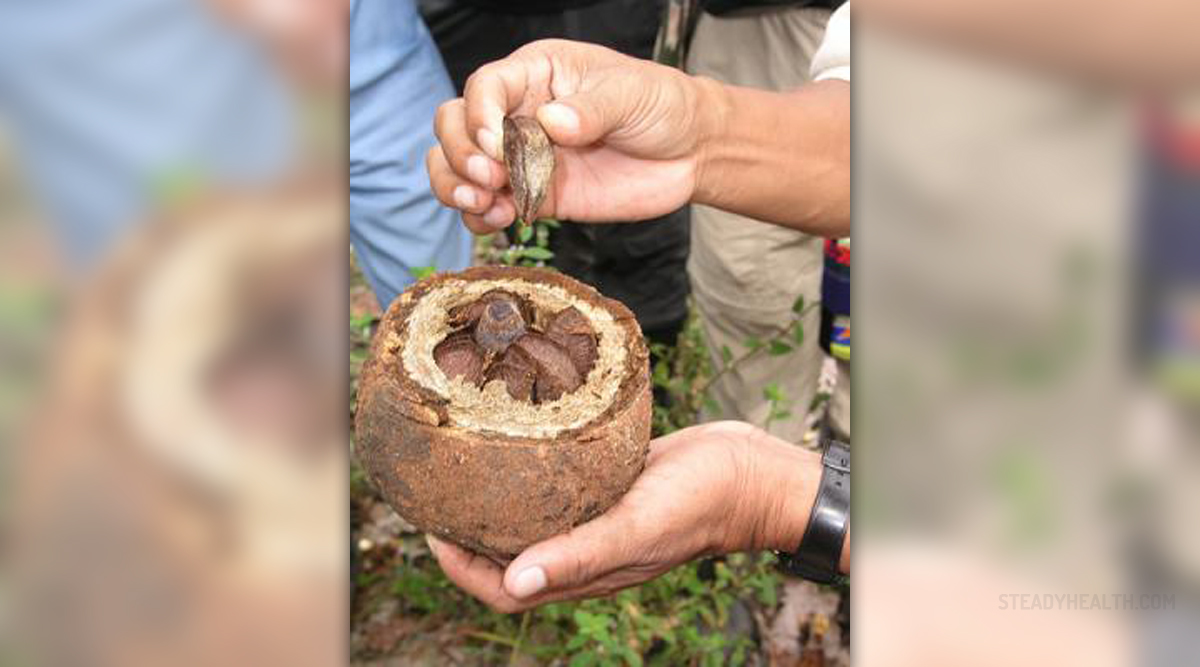
Description
Brazil nut originates, of course, from Brazil, but it can be found in rain forests of Peru, Colombia, Venezuela and Ecuador.It is an evergreen tree with leathery leaves which can grow up to 40-50 meters in height and it can reach the diameter of up to two and a half meters. It can reach the age of 500, up to 800 years. Brazilian nut is growing very slowly, and begin to give fruits after ten to 30 years. It needs a special insect species to be pollinated. In addition, only one species is able to break through hard shell of this fruit, enabling its re-planting - a very large rat species called the agouti.
The fruit of the Brazilian nut looks like a coconut: it is a woody capsule the size of grapefruit of more than a kilogram and a half, which contains eight to 24 walnuts which have triangular cross section and are arranged like orange slices, each in a separate shell. Mature tree can produce up to 300 of these nuts.
Their meat is white and contains 70% of fat, 17% of protein and 18% of amino acid –methionine. Brazilian nut is the richest natural source of this amino acid.
These nuts were a part of the local indigenous tribe’s usual menu, who were eating them raw or converted into cashew with water or milk.
Brazil Nut Nutritional Value
Brazil nut contains: 14 g of proteins, 66 g of fats, 16 g of saturated fats, 23 g of monounsaturated fats, 24 g of polyunsaturated fats, 24 g of linoleic acid, 13 g of carbohydrate, 5 g of plant fibers176 mg of calcium 3 mg of iron, 225 mg of magnesium, 600 mg of phosphorus, 600 mg of potassium 2 mg of sodium, 4.6 mg of zinc, 1.7 mg of copper, 0.77 mg of manganese 0.7 mg of vitamin C, 1 mg of thiamin, 0.12 mg of riboflavin, 1.62 mg of niacin, 0.23 mg of Pantothenic Acid, 0.25 mg of vitamin B6 and vitamin E. It is best known for selenium - natural antioxidant with anti-cancer properties (particularly in relation to cancer prostate). Content of this trace mineral is so high that only two nuts per day meet human daily need for selenium.As for vitamins, there are those from group B, but the more important is vitamin E, also an antioxidant, which, together with selenium, annuls the possible hazards of the high percentage of fat in the nut.
It is, like other nuts, a rich source of essential fatty acids - palmitic, oleic, linoleic and alpha-linoleic, and some miristic and stearic. Also, Brazil nut is rich in phytosterols. Besides that it contains glutamine, glutamic acid and arginine, which increases the absorption of selenium and other minerals.
Health Benefits
Copper, contained in Brazil nut, provides the necessary amount of interleukin - substance without which the body can not fight bacteria and viruses.Brazil nut consumption reduces the risk of heart attack by 50%.
It is proven that this nut improves digestion and acts against worms.
If a person eats 8 Brazil nuts after the abundant and heavy meals, he/she will reduce the risk of inflammation and clogging the arteries.
Blood vessels become more elastic by regular use of Brazil nut.
Brazil nut contains a large amount of proteins that are essential for building muscles and nerve cells.
Because of selenium content, Brazil nut protects against free radicals, binds toxic substances and improves the quality of sperm.






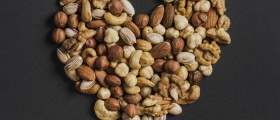
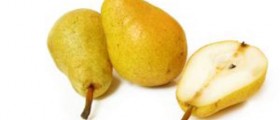

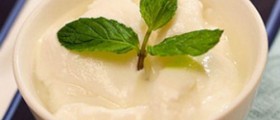
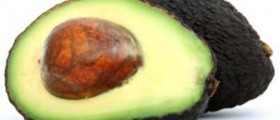


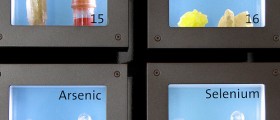

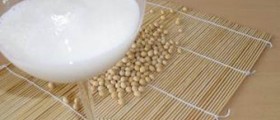
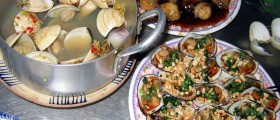
Your thoughts on this
Loading...